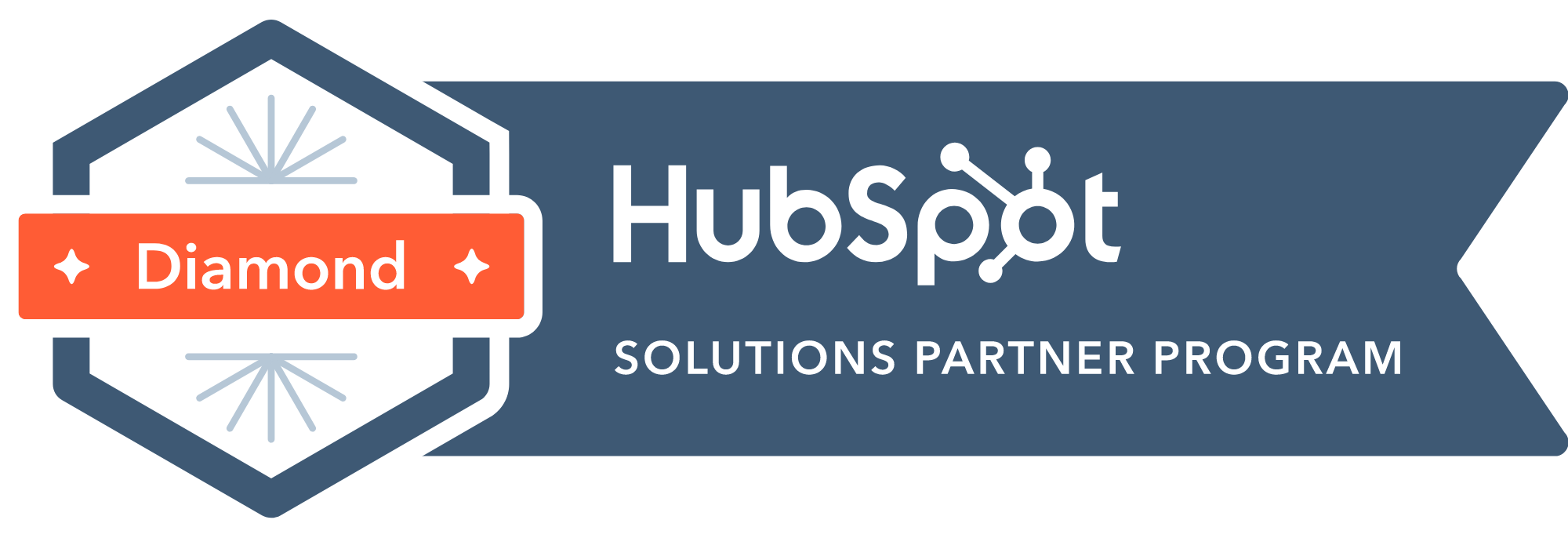Franchise organizations face a tricky balance. They need to centralize operations and performance visibility while still enabling individual locations to act autonomously. Payroll Vault, a B2B payroll and HR services franchise with more than 59 locations nationwide, struggled with exactly that. Their prior CRM, FranConnect, is designed for B2C franchises, so it wasn’t suited for B2B lead routing, sales automation, or network-wide reporting that Payroll Vault required.
When they migrated to HubSpot, the goal wasn’t just to move their data. It was to reinvent how they operated and create a scalable, centralized growth engine. Within weeks of go-live, they had quadrupled their lead-to-customer conversion rate—from 3.3% to 14.4%.
Here’s how that happened.
Why FranConnect Wasn’t Built for What Payroll Vault Needed
FranConnect was designed for B2C franchises, think Bojangles or OrangeTheory Fitness, not for scaling B2B sales processes. Each franchise had its own portal with no shared workflows, pipelines, or assets. Data entry was manual. Leads couldn’t be routed intelligently. Dashboards were fragmented or nonexistent.
When a lead came in, corporate had to email or manually assign it to the right franchise. There was no automation, no pipeline logic, and no feedback loop. Most locations weren’t using the CRM meaningfully at all.
A New Architecture, Not Just a New CRM
The move to HubSpot wasn’t a migration. It was a redesign. The team at No Bounds Digital didn’t just recreate what existed in FranConnect. They started with the outcomes Payroll Vault needed and built backwards from there.
Key changes included:
- Creating a global deal pipeline that could be segmented by location, stage, or product.
- Standardizing lifecycle stages and lead statuses across all 59 franchisees.
- Configuring routing logic so that new leads were automatically assigned based on postal code.
- Building dashboards that gave both corporate and franchise leaders real-time insight into pipeline volume, conversion rates, and deal velocity.
- Defining automation triggers that advanced deals, created tasks, and generated notifications without requiring manual input.
Most critically, No Bounds Digital built these workflows in collaboration with Payroll Vault’s sales, marketing, and executive stakeholders. Each stage and trigger was mapped to a real process or pain point that had existed in the old system.
What Happened in the First 30 Days
The results were immediate. In the first month after go-live:
- Lead-to-customer conversion rose from 3.3% to 14.4%.
- The average time from lead to closed deal dropped from 23.2 days to 12.96 days.
- 4,671 new contacts were added to the CRM.
- More than 5,000 total actions were recorded—emails, tasks, meetings, and notes.
- Users created 137 tasks in HubSpot. By comparison, just four tasks had been created in FranConnect over the prior two months.
These were not driven by corporate users alone. Franchisees were active in the system. The workflows worked. The routing was clean. The dashboards showed value immediately.
Why This Worked
Three things made the difference.
1. Clean Data and Aligned Processes
The team cleaned, standardized, and validated the contact database before go-live. Lifecycle stages and deal pipelines weren’t just created—they were agreed upon by stakeholders from across the business. This alignment meant the CRM reflected the actual business process instead of forcing users to adapt to generic structures.
2. Automation That Was Actually Useful
Every automation solved a clear problem. Leads were routed instantly to the correct franchise. Tasks were created when deals stalled. Dashboards highlighted where follow-up was needed. Nothing was built for the sake of complexity.
3. Training That Mapped to Roles
A 12-week training and enablement program was rolled out in waves. Sales, marketing, and reporting functions each got their own curriculum. Training began before the pilot, continued through go-live, and was supplemented with a help desk, knowledge base articles, and on-demand videos. Users were never left to figure it out on their own.
What This Means for Other Franchisors
A 14.4% conversion rate doesn’t happen just because you change CRMs. It happens when you align people, process, and platform—and build an implementation that reflects how the business actually works.
The Payroll Vault project shows that franchisors can centralize without sacrificing local control. With the right architecture, they can standardize reporting, accelerate onboarding, and run marketing that works at the national and local level.
If your current CRM is holding you back, we should talk.
Schedule a call to explore what a real CRM transformation could look like for your organization.




